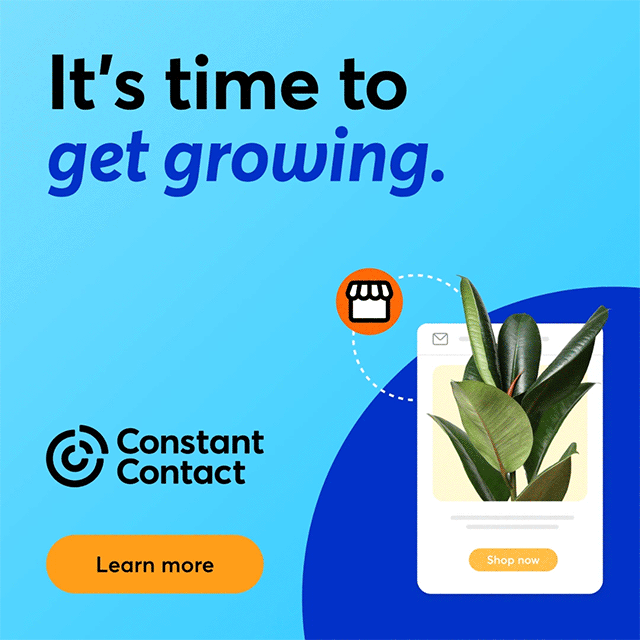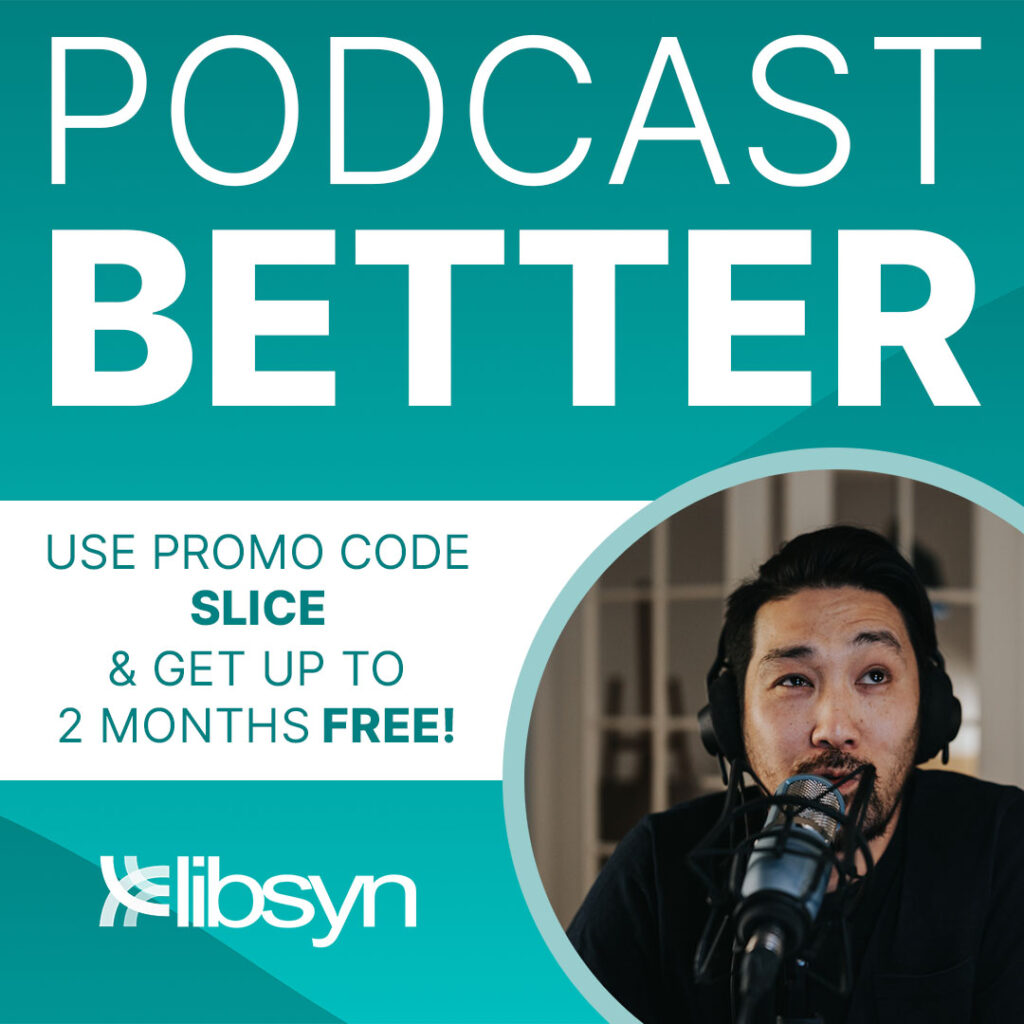 Do you pay for or bypass the paywall? A paywall, if you are unfamiliar with the term, is an online tool that requires a subscription to see some or all of a site’s content. The Wall Street Journal and New York Times are famous for their paywalls and the number of people who want them taken down.
Do you pay for or bypass the paywall? A paywall, if you are unfamiliar with the term, is an online tool that requires a subscription to see some or all of a site’s content. The Wall Street Journal and New York Times are famous for their paywalls and the number of people who want them taken down.
My blog is open. It’s an arm of my business in which I freely share ideas, although I hope and expect anyone who curates any of my posts for their own, gives me credit. Paywalls are more frequently seen in brand-name media and for super-specialized content like professional journals.
Many Different Types Of Paywalls
Not all paywalls are the same. Here’s a breakdown of some of them:
- No access beyond a summary; this is common for professional journals
- Free access to a certain number of articles before putting up a paywall
- Free access to articles reached through a link on a search engine or website
The first bullet is an example of a hard paywall, and the remaining two are features for soft paywalls.
A Paywall Backlash Didn't Happen
Most newspapers had no choice but to institute paywalls as more of them were compelled to establish websites by the early 2000s. The sites essentially gave away content print subscribers were still paying for.
Successful paywalls started out by capitalizing on strong reader relationships. Most gave readers a choice of how they wanted to access content. The New York Times, for example, offered (and still offers) staggered rates:
- Subscribers who want the printed paper every day plus online access pay the most
- Some subscribers want the printed Sunday paper only and online access
- Online access and no hard copy
Early takers got the best rates going forward.
To be honest, I was disappointed when papers I read online decided to start charging for content. That’s because like many people, I had become accustomed to getting my news for free. It’s still a slight shock to come across entire websites that require a subscription to even enter them, much less read their newsletters and updates. Because of this many people try to bypass the paywall and a number of different apps have been created to do just this.
Should Your News Service Use a Paywall?
If you have a real niche business, a paywall for your entire site or your newsletter may make sense. Many local newspapers provide what’s essentially specialty content and many charge for online access. As The Guardian points out, “local content sells” and even surpasses paper subscriptions when these two factors are present:
- There is little, if any, serious competition for readers, and
- They fill a gap on local news and do this well.
If this describes your blog, you should take a serious look at instituting a paywall.
Google and Paywalls
Google dislikes content it can’t see, as Search Engine Land points out. Hard paywalls are difficult for it to recommend for obvious reasons, and can result in an angry user experience. So content that sits behind paywalls doesn't rank very well; however, if an article addresses truly unique issues, Google has no choice but to display it.
Google created First Click Free, a service for publishers that lets users read content that normally requires a subscription. It works on the first click only. Publishers that subscribe to it do get ranked higher than sources behind hard paywalls.
Is this fair? SEL doesn't think so and points out problems with First Click Free including search discrimination.
However, making certain content exclusive can boost business and balance out a lower Google ranking. So if you’re selling very specific information that’s not widely available (or demanded by a small group of exclusive customers), a paywall may make sense for your business.
In the end, it’s still all about great content. But in this case we’re defining “great” as something people will pay for.
Do you have anything to add to this post? If so, please comment below.







